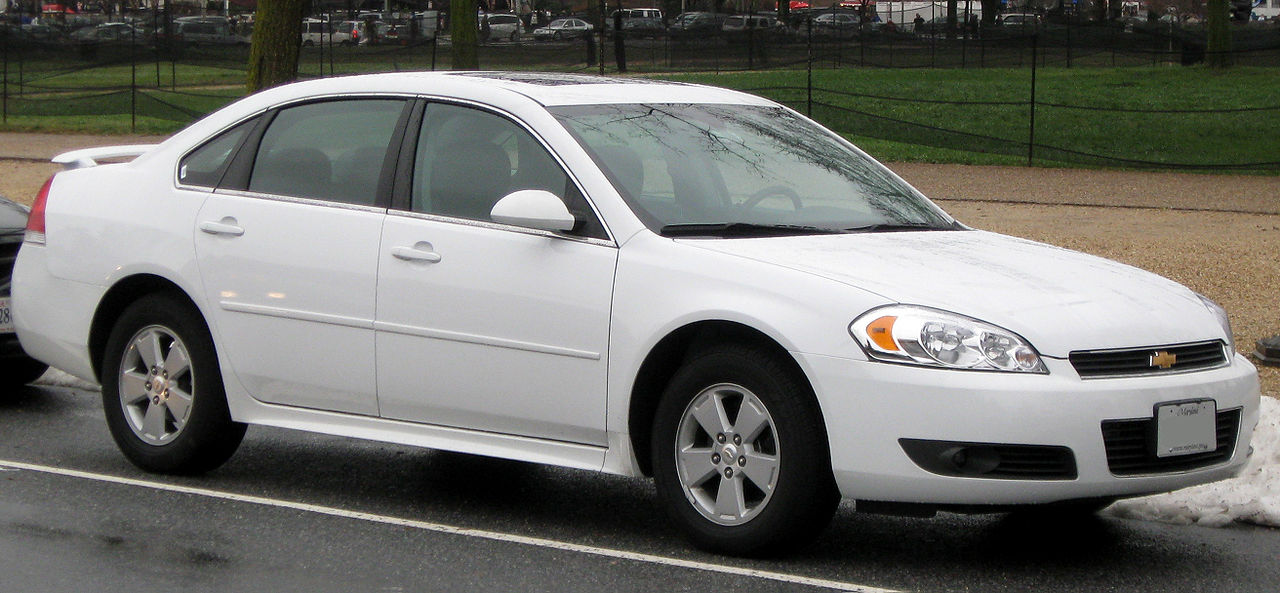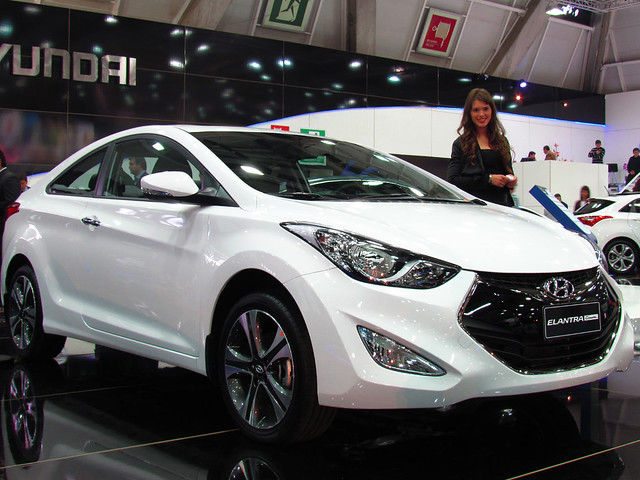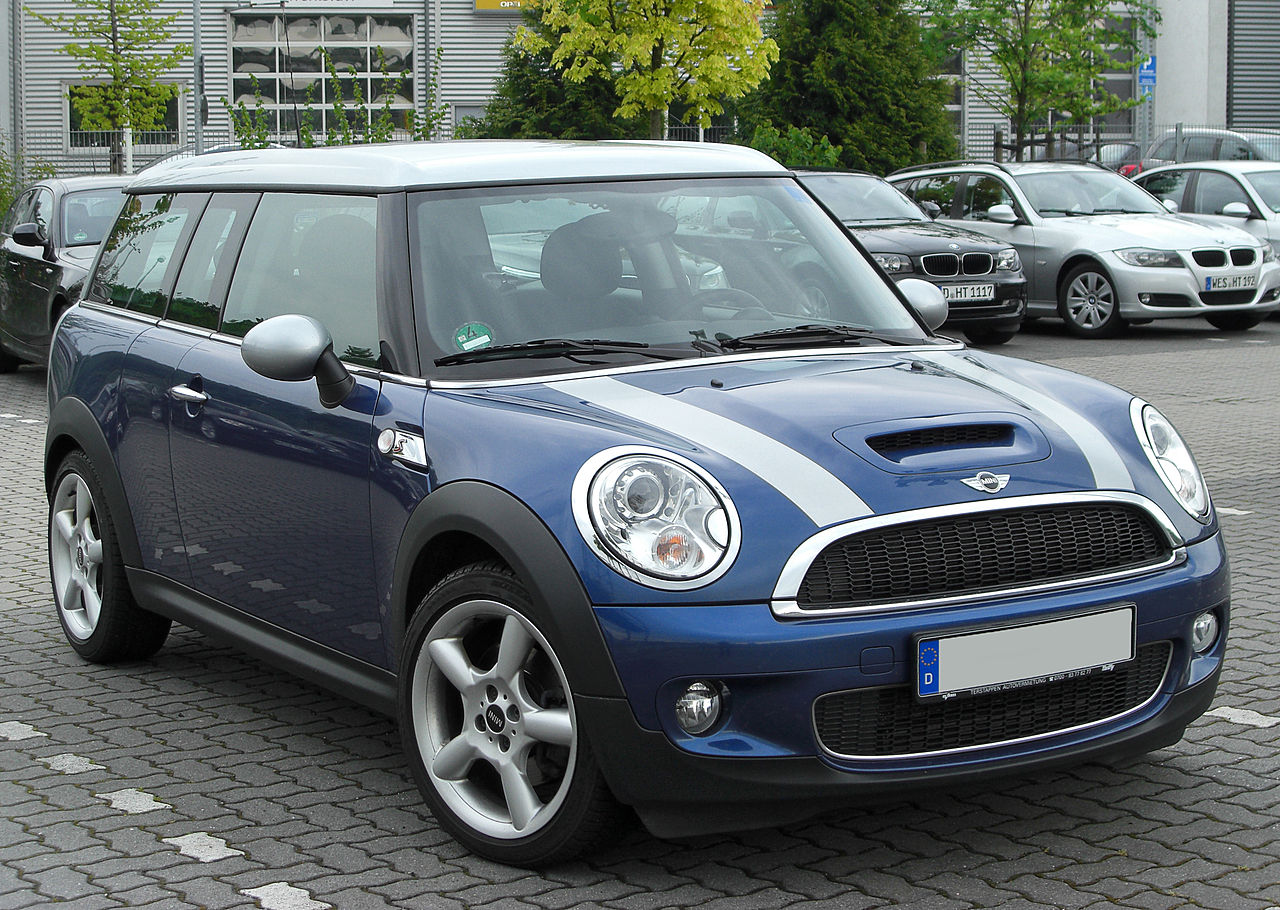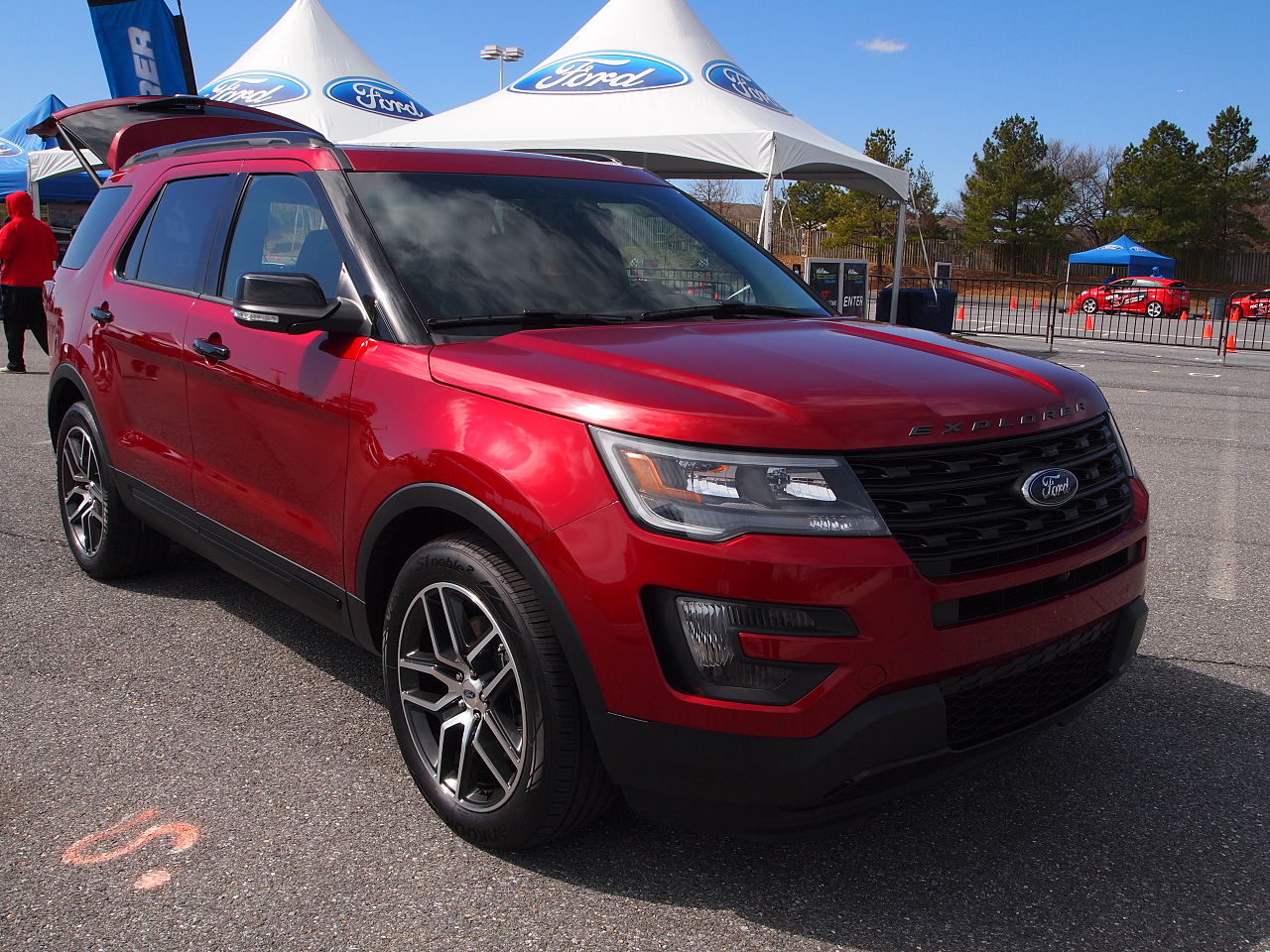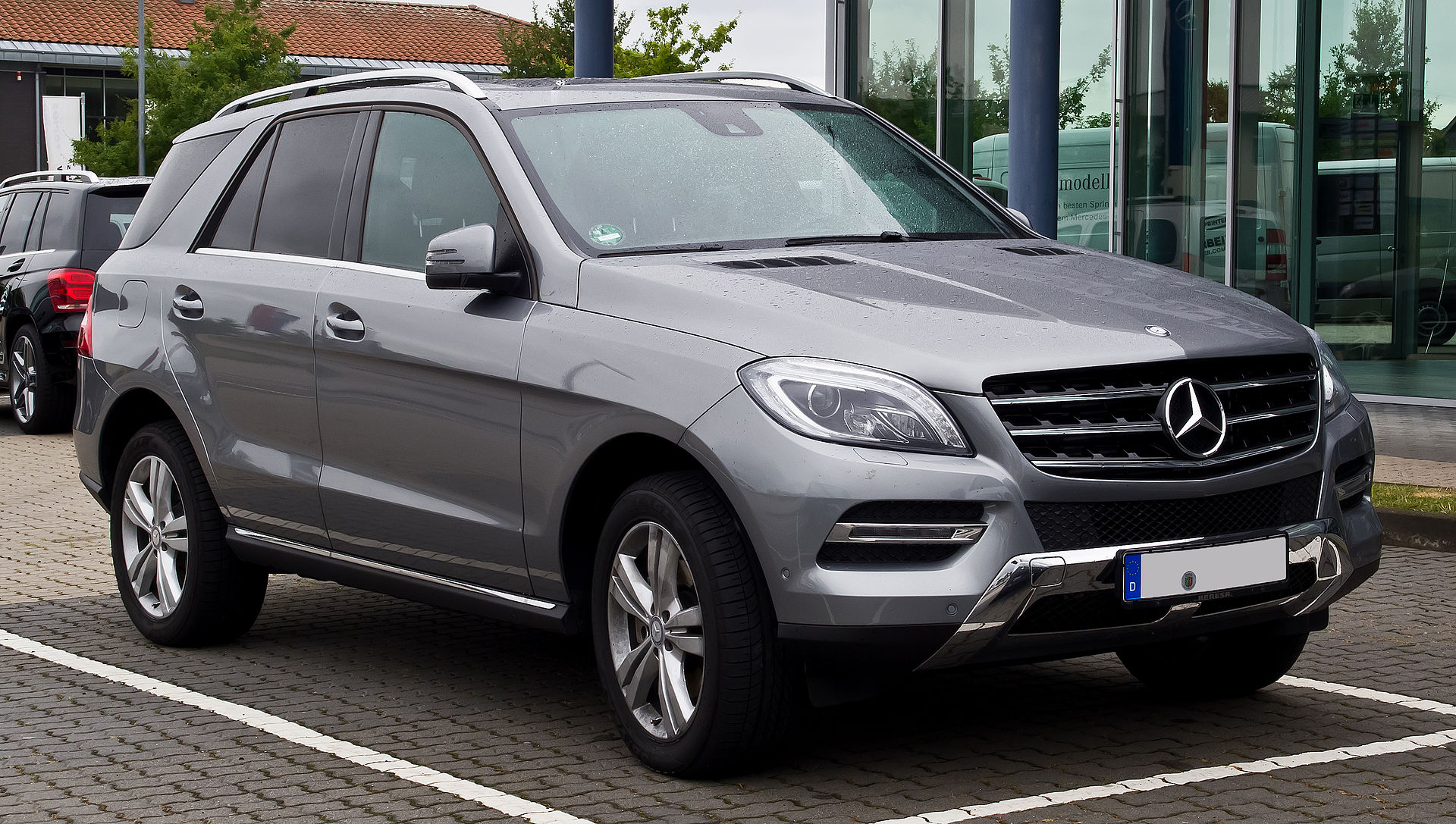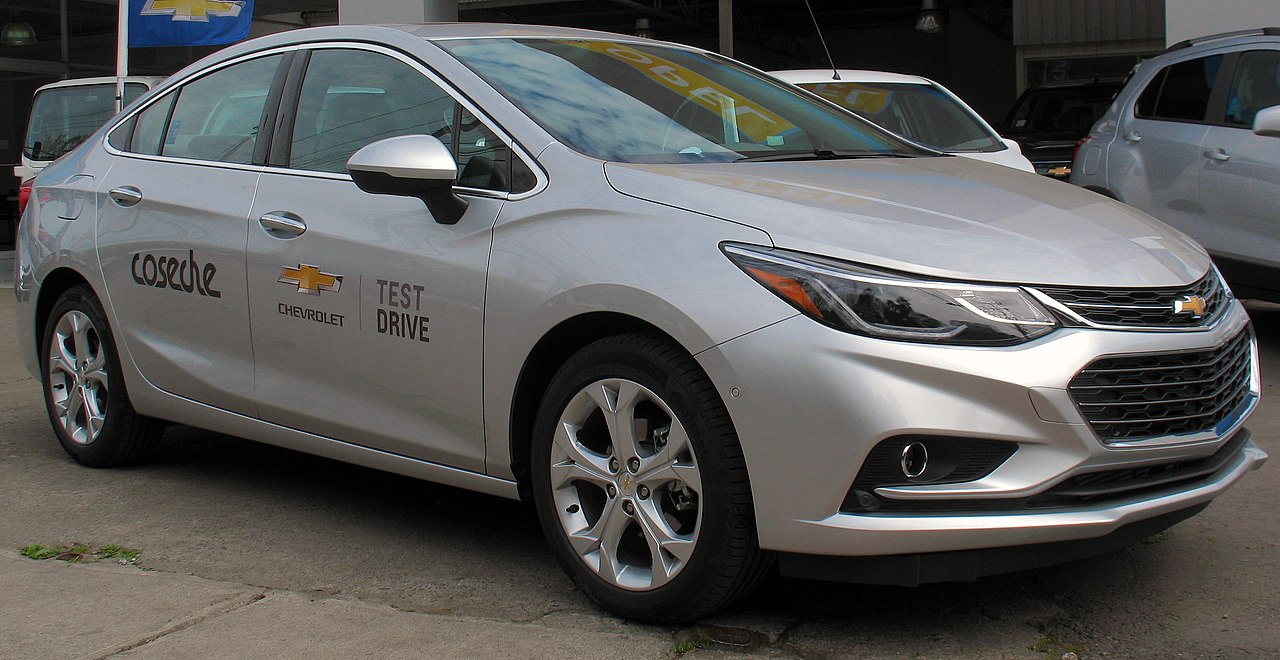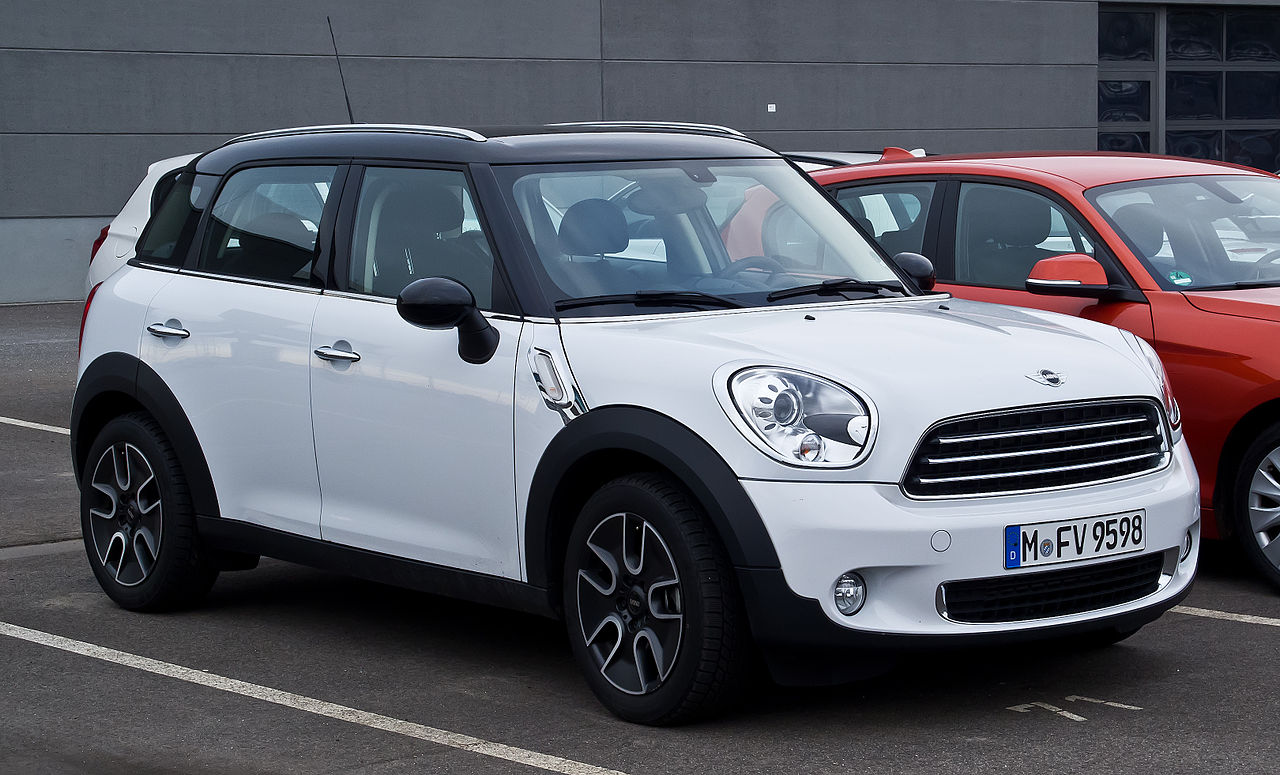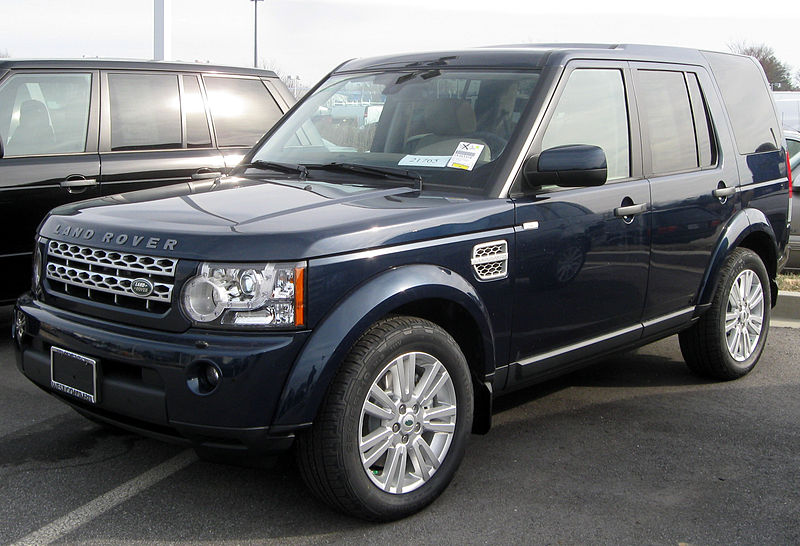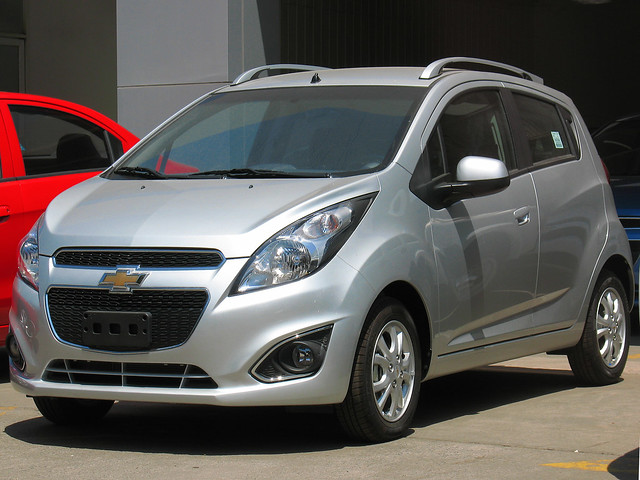
Gas prices are high and the cost of owning a vehicle is going up. Chevy figured this would be the perfect opportunity to launch the Chevy Spark. It's a subcompact hatchback that has real potential to go toe to toe with the Fiat 500 and Toyota iQ. Even though Americans haven't really warmed up to small cars yet, will the Spark be able to spark something in this steadily trendy segment? Let's find out!
Performance: There's only one engine available with the Spark and that's a 1.2-liter four-cylinder producing 84hp. It's not the peppiest engine and won't spark any excitement. Fuel economy however is the main concern here and that's where the Spark really sparks. It's at home around town where the little horespower it has is peppy and can catch up to traffic with ease. On the highway you may want to plan out your overtaking because it will take a while to get up to pace with the rest of traffic. We suggest sticking with the manual gearbox as it works better with the small amount of horsepower the engine has to offer.
On the road: The Spark has a comfortable ride for a city car. Around town the suspension copes well with bumps and helps the Spark dart around tight urban areas with little to no effort needed. Venture outside of the city limits and the Spark's composed ride often feels unsettled. Most city cars feel out of their element outside of the city, so the Spark isn't too far off from its main rivals.
Refinement: You'll have to work the engine hard to get any momentum out of it. The manual gearbox is better suited with the small engine size and output. Wind and road noise will intrude in the cabin at higher speeds making the Spark feel less refined than its rivals.
Behind the wheel: The dashboard has a very user-friendly with most of controls and dials easily labeled and easy to reach from the driver's seat. The instrumental panel has a motorcycle like gauge which helps spark a little flare inside the cabin. There's plenty of adjustments for the driver's seat, but the steering wheel doesn't adjust for reach. This isn't a deal breaker but can compromise the driving position for taller drivers.
Space & Practicality: Even though the Spark is small, the interior is roomy and offers plenty of space for four adults. There is plenty of headroom and legroom for front and rear passengers if the passengers are willing to share out the space. The boot space won't wow you but it's pretty decent compared to most rivals, you'll have to push the front seats forward to fold the rear seats down to extend cargo space.
Equipment: The Spark starts at the right price tag but the base trim loses out on cd-player, keyless entry and a few other bits that you'd desire. You'll have to step up to the mid-range trim to add these features which we highly suggest. Top of the range trim adds leatherette seating surfaces, Chevy's MyLink, alloy wheels with roof rails.
Buying & Owning: The Chevy Spark running costs should be low thanks to the ultra efficient engine under the hood. You may lose some of the fuel economy benefits due to the fact that you have to work the Spark's engine harder on faster paced roads. Starting prices for the Spark are below $13,000 which should appeal to the tight budget minded buyers. We however suggest sticking with the mid-range trim which adds keyless entry and few other bits that you'll want on your daily drive.
Quality & Reliability: The Spark's interior is very nice but is surrounded by hard and cheap looking plastics. You can tell that this car was built to a price. It's a shame because the Spark has such a fun loving character.
Safety & Security: The Spark comes with front and side curtain airbags standard. Hill start assist and electronic stability are standard across the range as well as traction control. The base trim loses out on a theft alarm and keyless entry which leaves the Spark vunerable to break-ins.
The Chevy Spark is a spacious and roomy city car that benefits from an extra pair of doors for added versatility. It's stylish and quite a joy to drive around the city. Venture outside of the city and everything goes down hill from there. The engine doesn't offer enough momentum to really get you off the line and you'll have to plan out your overtakings. The rear seats are very difficult to fold down and the base trim feels rather short on kit. If you need a small urban runabout that can seat up to four and is cheap to buy and run. The Spark really does spark up these and shows that it is indeed a great car to consider.
Devon's Pick: The 1LT trim makes the most sense. You get air-con, keyless-entry, cd-player and cruise control standard. You still get the same 1.2-liter engine as the base trim but you're not losing out on comfort features.
Devon's Pick: The 1LT trim makes the most sense. You get air-con, keyless-entry, cd-player and cruise control standard. You still get the same 1.2-liter engine as the base trim but you're not losing out on comfort features.
Likes: Fuel efficient, fun to drive around town, roomy for four adults. Stylish exterior looks and a well thought out interior design.
Dislikes: Obvious sign the car was built to a price. Overwhelmed outside city limits. Rear seats fold down feature is fiddly to use. Color choices won't appeal to all.
Devon M

